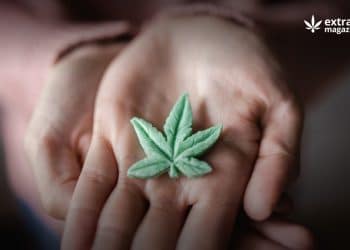Concentrates continue to grow in popularity as the process becomes more refined and producers become more creative. Since many concentrates are relatively new in the cannabis industry, few studies have investigated the degradation of these products or the effects of toxins within them on humans. As methods of consumption like dabbing become trendier, there is an increasing need to study concentrates further. The Werc Shop measured 57 different concentrate samples available in California medical cannabis dispensaries, and found that over 80% were contaminated by something. [1]
Residual Solvents
A 2017 editorial in the Cureus Journal of Medical Science looked at three recent case studies of hospitalizations correlated with dabbing, which suggested that high THC doses are the leading cause for cannabis-correlated toxicity. [2]A few years ago, after Steep Hill Laboratories started testing butane hash oil (BHO) for residual butane, they discovered that some extractors were making hash oil that had much higher levels than the legal limit for state labs in Washington and Colorado. The BHO Steep Hill tested had almost 50,000 ppm, while the permissible limit in Colorado is 50 ppm and Washington allows 500 ppm.
Cuticle Wax
Probably the least-studied health risk in concentrates comes from the plant’s own waxes. A lipid film called the cuticle covers leaves and other non-pericarp-containing organs of the plant, keeping gases and moisture inside the plant isolated from the environment.
Steep Hill Lab’s head of research, Kymron DeCesare, has divulged that “We have no idea how many people are suffering lung damage from cuticle waxes.” Some extractors try to “dewax”their products by freezing the BHO. Others “winterize” their extracts using very cold ethanol. The winterization process is known to be the more efficient of the two methods.
This article hasn’t touched upon two other contaminants that can be toxic in cannabis extracts: pesticides and mycotoxins. Increased medical research will shed light regarding specific problems associated with consuming extraneous substances in cannabis. Analytical testing labs strive to identify potentially dangerous products before they migrate into dispensaries. And as always, healthy products begin with clean and happy cannabis plants.
References
[1] Raber, J.C., et al., Understanding dabs: contamination concerns of cannabis concentrates and cannabinoid transfer during the act of dabbing. J Toxicol Sci. 2015;40(6):797-803
[2] Alzghari, S. K. et al, ‘To Dab or Not to Dab: Rising Concerns Regarding the Toxicity of Cannabis Concentrates”, Cureus, 2017, (9)9: e1676












